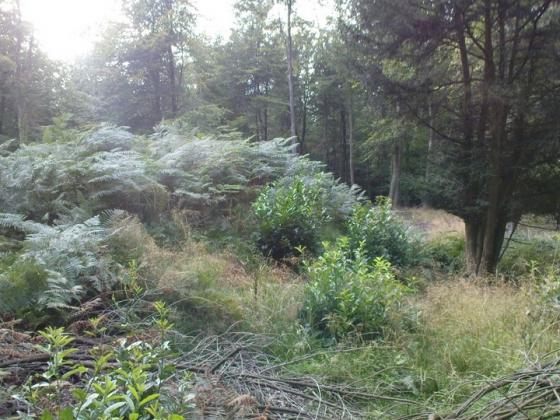A bit of an oddity as for many years they were considered to be long barrows, and still are by Hampshire Treasures.
The confusion arose because the most prominent group consists of two bowl barrows and a twin bowl barrow surrounded by a common ditch, all on a NE/SW alignment about 150M long.
There is another twin bowl barrow and a rare saucer barrow near by and a further two bowl barrows to the W.
Conjoint barrows surrounded by a single ditch are comparatively rare.
Could one speculate that these marked the burial of several family/tribe/clan members who died at the same time?
(The “Earthwork” shown to the N is an IA univallate Hill Fort)
Access
Gentle gradients on good tracks from car park but drops steeply near barrows.
Area fenced off but access possible at bottom of field through a “Hampshire Gate”.
Area popular with walkers as the whole of Hampshire and the IOW can be seen from the track, especially at the Monument.


















































